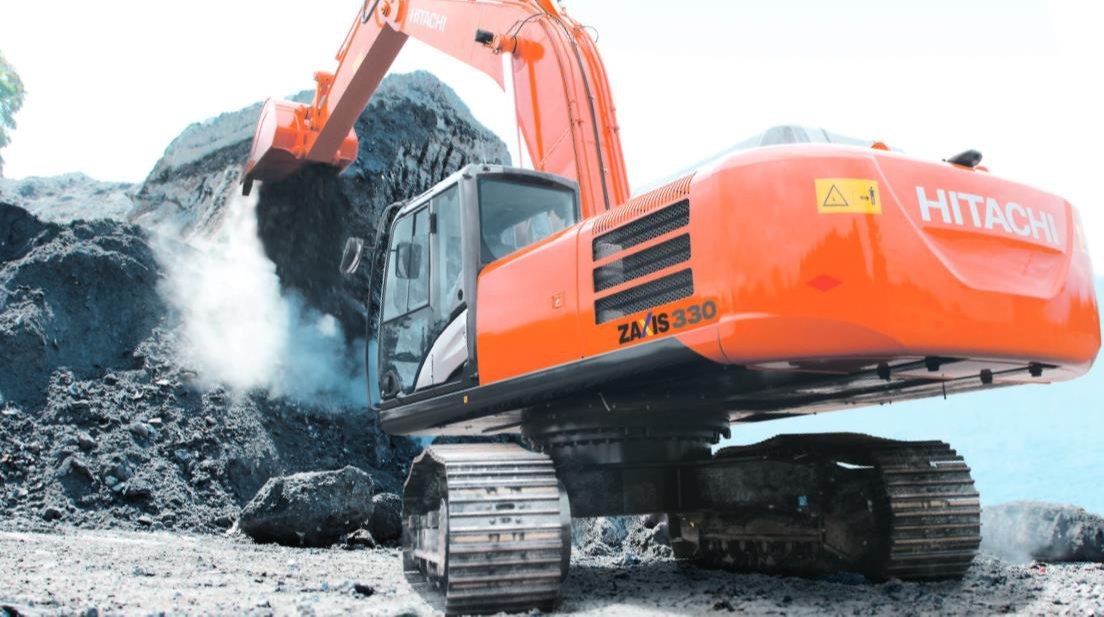Excavators are the backbone of many construction, mining, and earthmoving operations. Among the various brands on the market, Hitachi has earned a strong reputation for reliability, durability, and performance. But like any machine, even a Hitachi excavator is only as strong as its weakest part. Over time, components wear down and require replacement—not just to maintain performance, but to ensure the safety and longevity of your machine.
When that time comes, selecting the right Hitachi Excavator Parts is more than just a maintenance task—it’s a strategic decision. Whether you’re an equipment operator, fleet manager, or construction business owner, it’s crucial to find a trusted source like Hitachi Excavator Parts from AmoParts, where quality and compatibility come together without breaking your budget.
Why the Right Parts Make All the Difference
Your excavator works in harsh environments—digging into rocky soil, lifting heavy loads, and running long hours. Every system, from hydraulics to undercarriage, depends on quality parts to keep functioning. Choosing the right parts ensures:
- Efficient operation and fuel economy
- Minimal equipment downtime
- Longer service intervals
- Improved safety for the operator and crew
- Higher resale value of the machine
On the other hand, poorly chosen or incompatible parts can result in repeat failures, compromised performance, and even major damage to critical systems.
Step-by-Step Guide to Choosing the Best Hitachi Excavator Parts
Let’s walk through a practical, easy-to-follow process to help you choose the right parts for your specific Hitachi machine model.
Step 1: Know Your Excavator’s Specs
Before buying any part, gather accurate details about your machine. This includes:
- Model number
- Serial number
- Year of manufacture
- Operating weight
- OEM part number if replacing an old part
These identifiers are essential when ordering parts because even small design differences between models can affect fitment.
Step 2: Understand What Needs Replacing
Different excavator components wear at different rates depending on usage. Common categories where replacements are frequently needed include:
- Undercarriage parts (tracks, rollers, idlers)
- Hydraulic components (cylinders, hoses, valves)
- Ground engaging tools (bucket teeth, cutting edges)
- Engine filters and belts
- Electrical sensors and switches
If you’re unsure what’s failing, perform a visual inspection or diagnostic scan if your machine has onboard monitoring. You can also consult your operator’s manual or a mechanic for professional advice.
Step 3: Choose OEM or High-Quality Aftermarket
Now comes the decision: OEM or aftermarket?
- OEM (Original Equipment Manufacturer) parts are built by or for Hitachi and are exact matches to what originally came with your machine. They’re reliable but often come with a premium price tag.
- Aftermarket parts are made by third-party companies. When sourced from reputable brands or suppliers, they can match or even exceed OEM quality—at a lower cost.
The key is sourcing from suppliers that specialize in heavy machinery and offer warranty-backed parts with verified compatibility.
Step 4: Verify Part Quality
Regardless of brand, the part itself must meet performance expectations. Here’s what to look for:
- Material strength (e.g., hardened steel for teeth, heat-resistant rubber for hoses)
- Corrosion resistance for outdoor and muddy conditions
- Precision machining to ensure a perfect fit
- ISO or OEM-equivalent certifications
- Positive customer reviews or field test data
Avoid generic parts with little technical information. If a supplier doesn’t provide specs or return policies, that’s a warning sign.
Step 5: Compare Price, Warranty, and Delivery
Don’t just look at the price tag—consider the full value you’re getting:
- Is there a warranty? Good suppliers usually offer at least a 6-12 month coverage.
- Is technical support available? Helpful for complex parts like hydraulic assemblies or engine modules.
- How fast is shipping? Delays can cost far more than the part’s price in lost productivity.
Suppliers like AmoParts combine fair pricing with reliable support, fast delivery, and a wide inventory, making them ideal partners for equipment owners.
Top Hitachi Excavator Parts to Monitor Regularly
Some parts wear out faster than others, especially with heavy use. Here are the most common ones that need regular inspection or replacement:
🔧 Track Chains & Shoes
These keep your machine mobile. Worn tracks reduce traction and fuel efficiency and can even damage the undercarriage.
⚙️ Hydraulic Seals & Cylinders
Leaks in these parts can lead to pressure loss, reduced lifting power, and hazardous spills.
🪛 Bucket Teeth & Adapters
These wear out due to repeated ground contact. Dull teeth make digging slower and increase strain on your boom and arm.
🌀 Filters & Belts
Air, fuel, and oil filters should be changed regularly to prevent engine contamination. Belts should be checked for cracks or fraying.
🔌 Sensors & Switches
Modern Hitachi excavators depend on electronics for everything from temperature regulation to fuel injection. Faulty sensors can cause false alarms or system shutdowns.
Pro Tips for First-Time Buyers
If you’re new to replacing excavator parts, these extra tips will save you time and money:
- Keep a parts list for your specific machine model in a file for quick reference.
- Use exploded diagrams (available in Hitachi manuals or online) to identify part locations and numbers.
- Don’t mix part types—if you’ve chosen aftermarket for a component, avoid combining with a different spec for that system.
- Stick to one supplier if possible to simplify order tracking and warranty handling.
Conclusion: A Small Investment That Yields Long-Term Results
Choosing the right Hitachi Excavator Parts is not just about fixing what’s broken—it’s about preserving the health and performance of your machine for years to come. The right part keeps your equipment operating smoothly, reduces maintenance costs, and increases overall productivity on the job site.
By understanding your machine’s needs, verifying part quality, and sourcing from reputable suppliers like AmoParts, you make a smart, informed decision that protects both your equipment and your bottom line. In a world where uptime equals profit, it pays to choose wisely.


